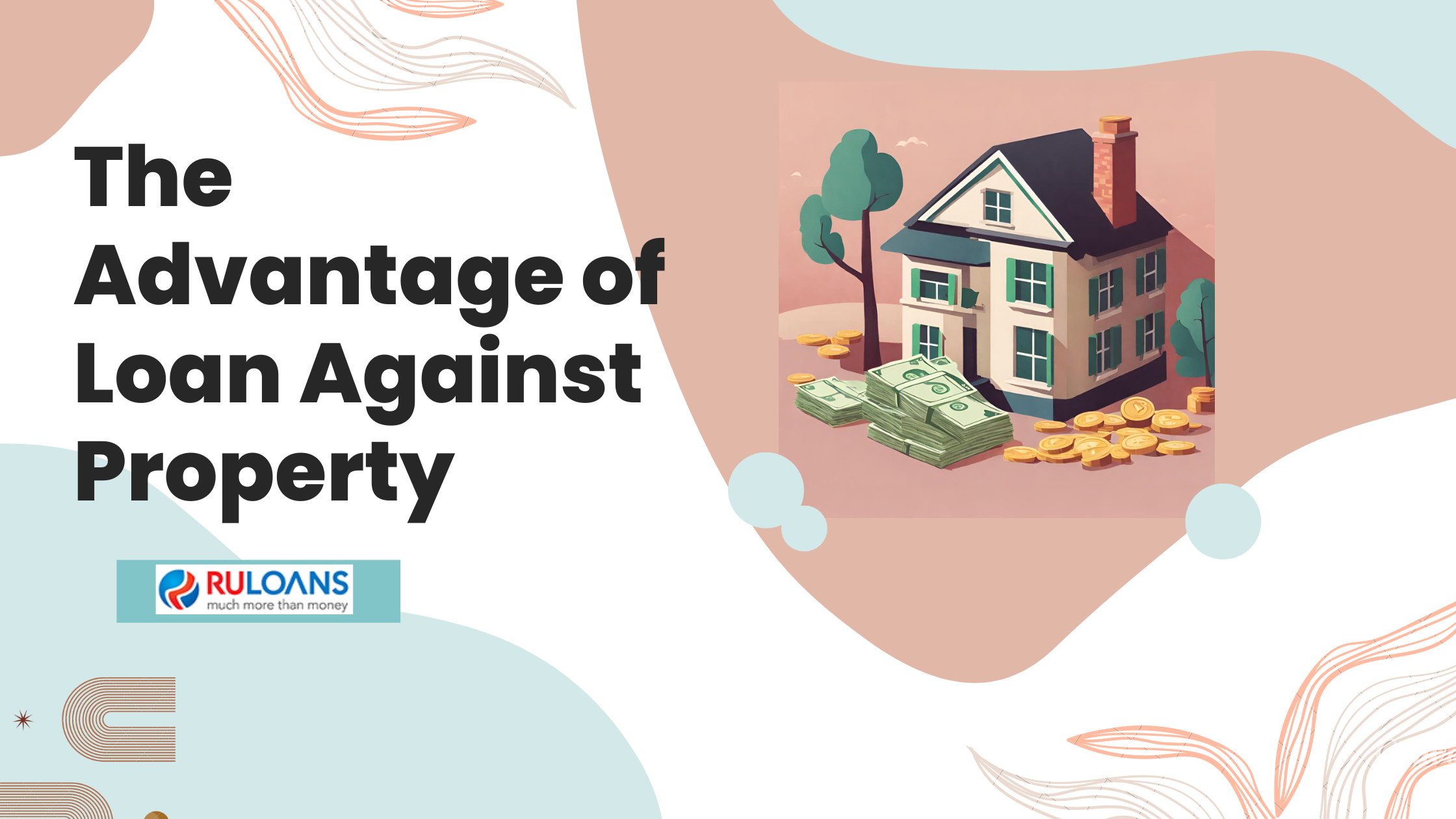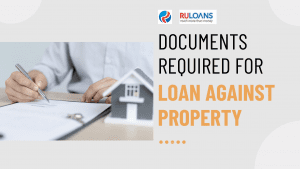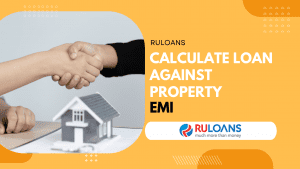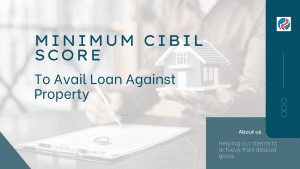Introduction
The landscape of finance is laden with a myriad of options, each catering to unique needs. Among these, a ‘Loan Against Property‘ (LAP) has steadily gained popularity. So, what is a loan against property? A LAP essentially allows you to unlock the financial value of your property without selling it. With it, you can access funds by mortgaging your property while retaining its ownership.
How Does a Loan Against Property Work?
The functioning of a LAP is relatively straightforward. It allows you to mortgage your residential or commercial property to borrow a certain amount of money from a lender. The loan amount is typically a percentage of the market value of your mortgaged property. In case of default, the lender can recover the loan amount by selling the property.
The Advantages of a Loan Against Property
Quick and Easy Access to Cash
One of the main advantages of LAP is quick access to large amounts of money. The processing time is often faster than other loan types, enabling you to address financial needs swiftly.
No Strict Credit Check
In contrast to unsecured loans, lenders are generally more concerned with the property’s value in LAP than the borrower’s credit score. This aspect can be beneficial if you have a lower credit rating.
Flexibility in Use
The funds procured from a LAP can be used for a wide range of purposes, from consolidating debts to financing a child’s education or expanding a business.
Lower Interest Rates
Loans against property often carry lower interest rates compared to other unsecured loans. As the loan is secured by property, it poses a lesser risk to the lender, translating into lower interest rates for the borrower.
The Pros and Cons of a Loan Against Property
While the advantages are numerous, it’s equally important to be aware of the potential risks associated with LAP. The most significant risk is potentially losing your property in case of default. Hence, it’s crucial to assess your repayment capacity before proceeding.
FAQs about Loans Against Property
1. How much loan can I get against my property?
Typically, you can get around 60% to 75% of your property’s market value as a loan. However, the specific percentage can vary based on the lender’s policy and the type of property.
2. Can I live in my property after mortgaging it?
Yes, you can continue living in your residential property even after it has been mortgaged.
3. What happens if I default on my LAP?
If you default, the lender has the right to recover their dues by selling off the mortgaged property.
Get Started
If you’re looking to tap into the value of your property without selling it, a loan against property could be an ideal solution. We recommend speaking with a financial advisor or a trusted lender to understand how you can leverage this opportunity effectively.
Key Takeaways
A loan against property can provide a substantial financial cushion for large expenses. With lower interest rates, lenient credit checks, and the ability to use the funds flexibly, it is a practical and valuable tool in financial planning. However, as with all loans, it is crucial to understand the terms and conditions fully and ensure a steady repayment plan to mitigate risks. With careful planning, a loan against property can be the key to unlocking your ambitions without selling your assets.
Don’t wait any longer! Contact Ruloans today to get started on your loan against property.









